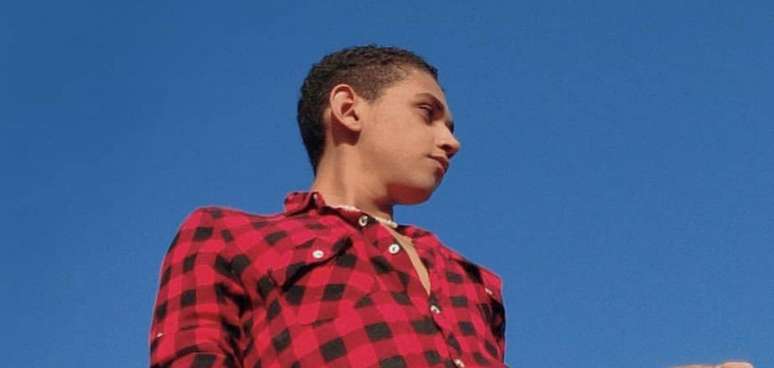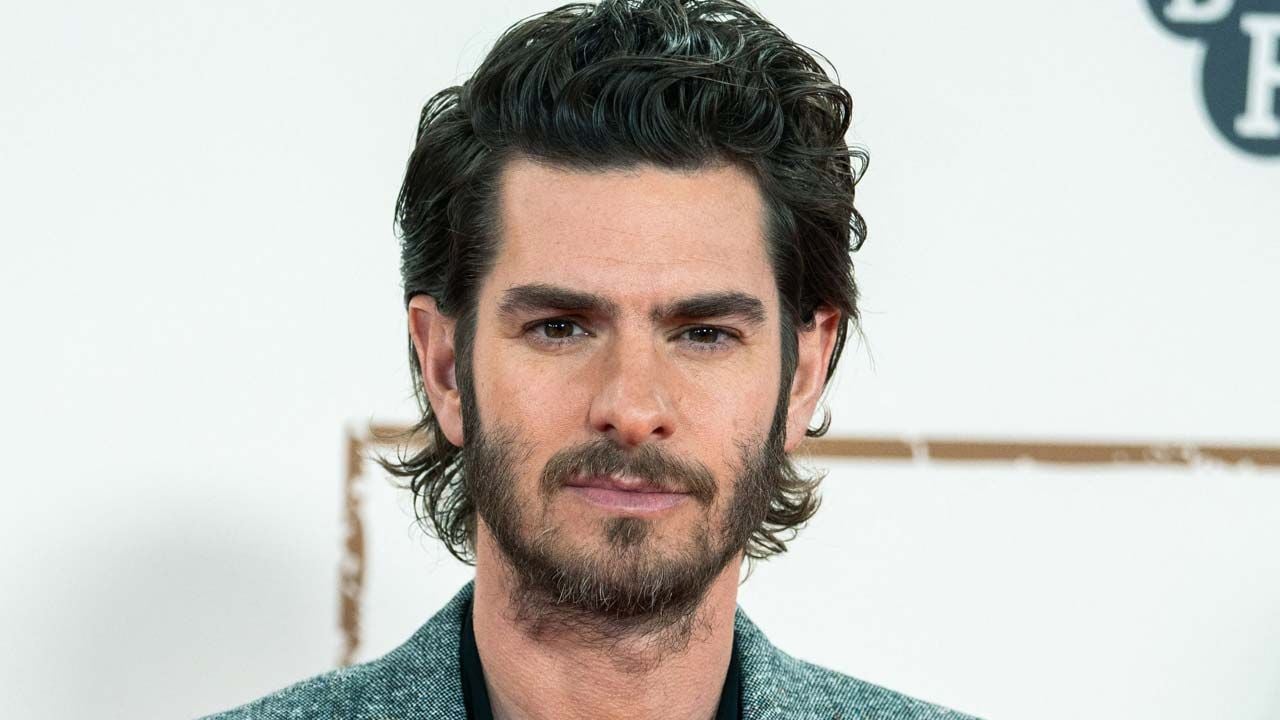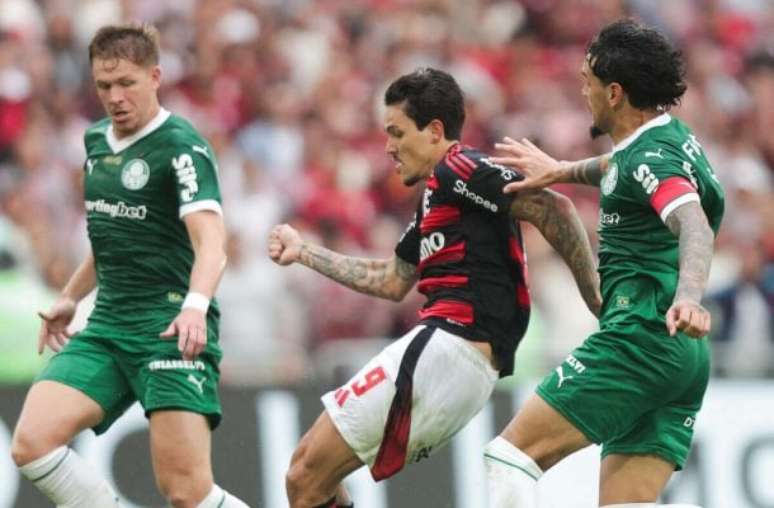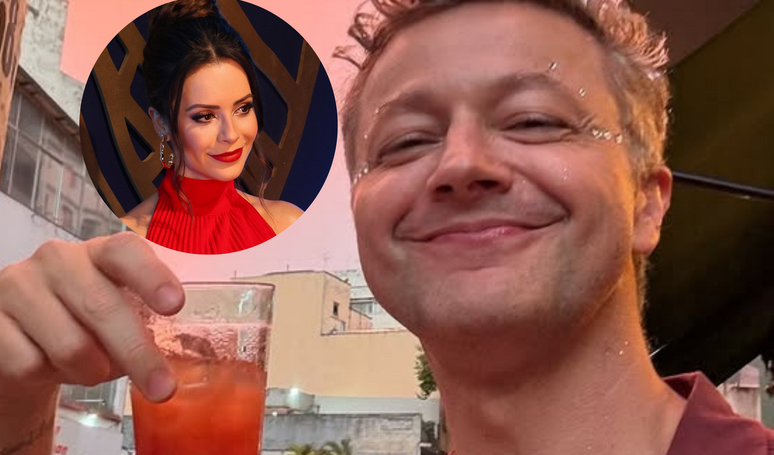Growing up in rural Ceará, 22-year-old Samuel Pereira is pansexual and non-binary.
My story is a bit complicated. Today I look back and see how much I suffered. I live in Ceara. I grew up and was born here, in a very small town called Mombaça, where prejudice is present and very strong.
I was an unreferenced child. I didn’t know what it meant to be an LGBTQIA+ person. I had never seen a gay boy or homosexual person until I was about 14, 15 years old. Up until that point, it didn’t even exist in my mind, because in addition to growing up in Mombasa, I grew up in rural areas. The interior of the interior of a small town.
Until the fifth grade, all my lessons took place on the farm. Those rural schools, you know? After that, I needed to go to the city to continue my studies. Around that time I moved to my aunt’s house and that’s when I first fell in love with a girl.
That, to me, was a one-way street. All my references revolved around this type of relationship. It was innocent and unrequited. It was something to watch from a distance, to admire, to watch her smile, the way she walked. Along with that, I started getting bullied and she was very important through this process.
These bullying incidents happened because I was very quiet. From an early age I already felt that I was different from other kids. I didn’t have the same desire to play football, to flirt. So I suffered a lot with myself and my surroundings and I started to close myself off more and more.
When I left the farm and went to study in the city, I promised myself to become more communicative, to make more friends, but in the end it was the exact opposite, because I realized that the people in the city were the same people in the countryside . . I remember a situation that still moves me greatly when I remember it.
-1k1zhssme26ht.jpg)
At that time, wearing a uniform was compulsory in the school I attended. My family bought me one and the pants got too tight, I don’t know why. So, there was a day when I was going to school and, as I was passing a construction site, they threw a piece of concrete at me and shouted at me: ‘Walk straight’. When I got to school, the first thing I did was go to the bathroom and cry.
I did not understand the reason for this. I hadn’t done anything. He hadn’t screamed, cursed. I was just walking down the street and going to school. This situation has been in my head for a long time. I ended up not talking to my family, because I was afraid of what they would think of me. After that, I ended up developing depression. It was the icing on the cake, you know?
I didn’t feel like doing anything. I didn’t feel like eating, going to the bathroom, leaving the classroom, doing the activities. There were weeks where I went days without eating. I would come home and go straight to the bedroom, lay down on the bed and sleep. I wanted time to pass very quickly.
In high school, things started to change. I started meeting other LGBT people and interacting more. The bullying continued yes, but the space was different. The possibility of meeting people like me, the exchanges, were very important to me.
I remember at that point I went to my first party, a São João party. I still love São João today, because that party was a turning point for me. I went totally unaware of what a party was, what games were played, what people drank. I felt like a child discovering the world and its possibilities.
It was at this stage that I found myself in love with two people of different genders and was confused with myself. In fact, one of these people currently lives with me in Caucaia, a bigger city than the previous one, and is my best friend. She was more of an unrequited crush, because she is, after all, heterosexual, but we developed a partnership and it was the gateway for me to start researching more about my sexuality.
At the end of high school, in 2019, I was searching the internet and found an Instagram page called “Vale dos Bi”, which talked about bisexuality. Unfortunately it no longer exists today, but for me it was very important, because there was a post that compared bisexuality with pansexuality. I loved it and still have an imprint on my phone today, because I always like to remember.
I’ve been thinking about this question for a while. Then, in mid-2020, I looked in the mirror and said, “I’m a pansexual person.” It seems like after saying those words, in front of me, it all made sense. It was as if a film passed before my eyes and I, in fact, understood myself.
Bisexuality has been defined as a concept of sexuality that revolves around both genders, male and female, while pensexuality has been defined as attraction to people regardless of gender. And to me, the gender of the person never mattered and doesn’t matter. It can be a trans, agender, non-binary person, that the possibility of attraction will exist. It is not a determining factor. What matters to me is that the person is nice to me.
From this understanding, I figured there were people like me who were unaware of this sexual orientation. That’s when I decided to create the “Vale dos Pansexuais” page, on Instagram, as a way to share all the information I learned about pansexuality to other people who were understanding and trying to educate themselves.
The page has grown and grown and nowadays I don’t think I can live without it. It has played a very important role in my understanding process. Including, it was from her that I also discovered a non-binary person, because I ended up running into other forms of existence and meeting different types of people.
I think my family always noticed that I was different because I was always treated with more concern than my sisters. And look, I’m the oldest. My middle sister is called “my father’s son” because she did everything I was supposed to do with him, like drive him to games.
When I came out to my mom, it was unforgettable. My sister had found a plaid skirt in her wardrobe and I decided to take some pictures of her wearing the skirt. I showed the photos to my mother and said: ‘Mom, I will post these photos, what do you think?’ and she bluntly replied: ‘It’s beautiful, you can post it’, with a smile on her face. At the time, I could only hug her, as I felt my differences were being accepted. It was a huge feeling of relief.
Source: Terra
Rose James is a Gossipify movie and series reviewer known for her in-depth analysis and unique perspective on the latest releases. With a background in film studies, she provides engaging and informative reviews, and keeps readers up to date with industry trends and emerging talents.






